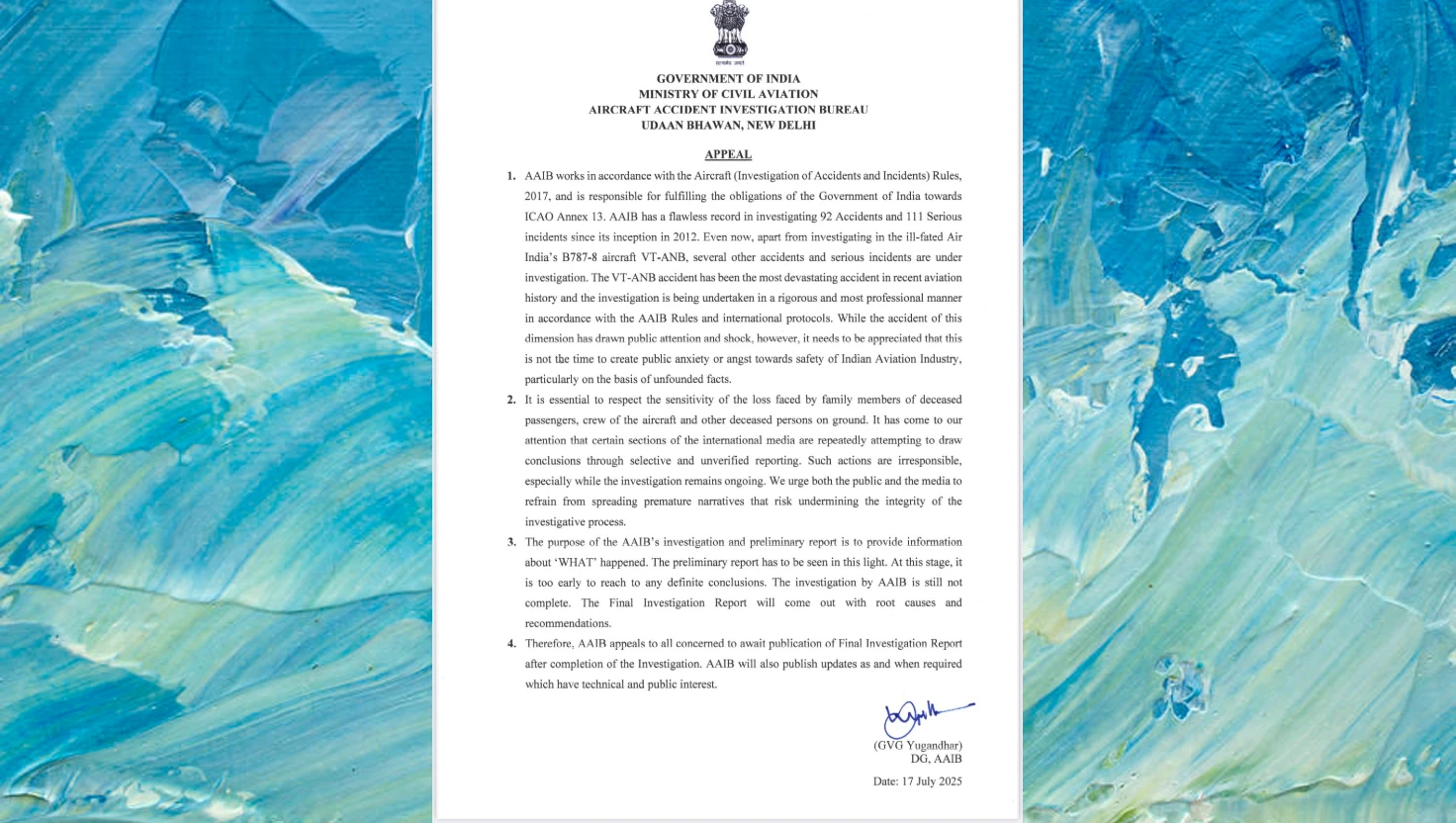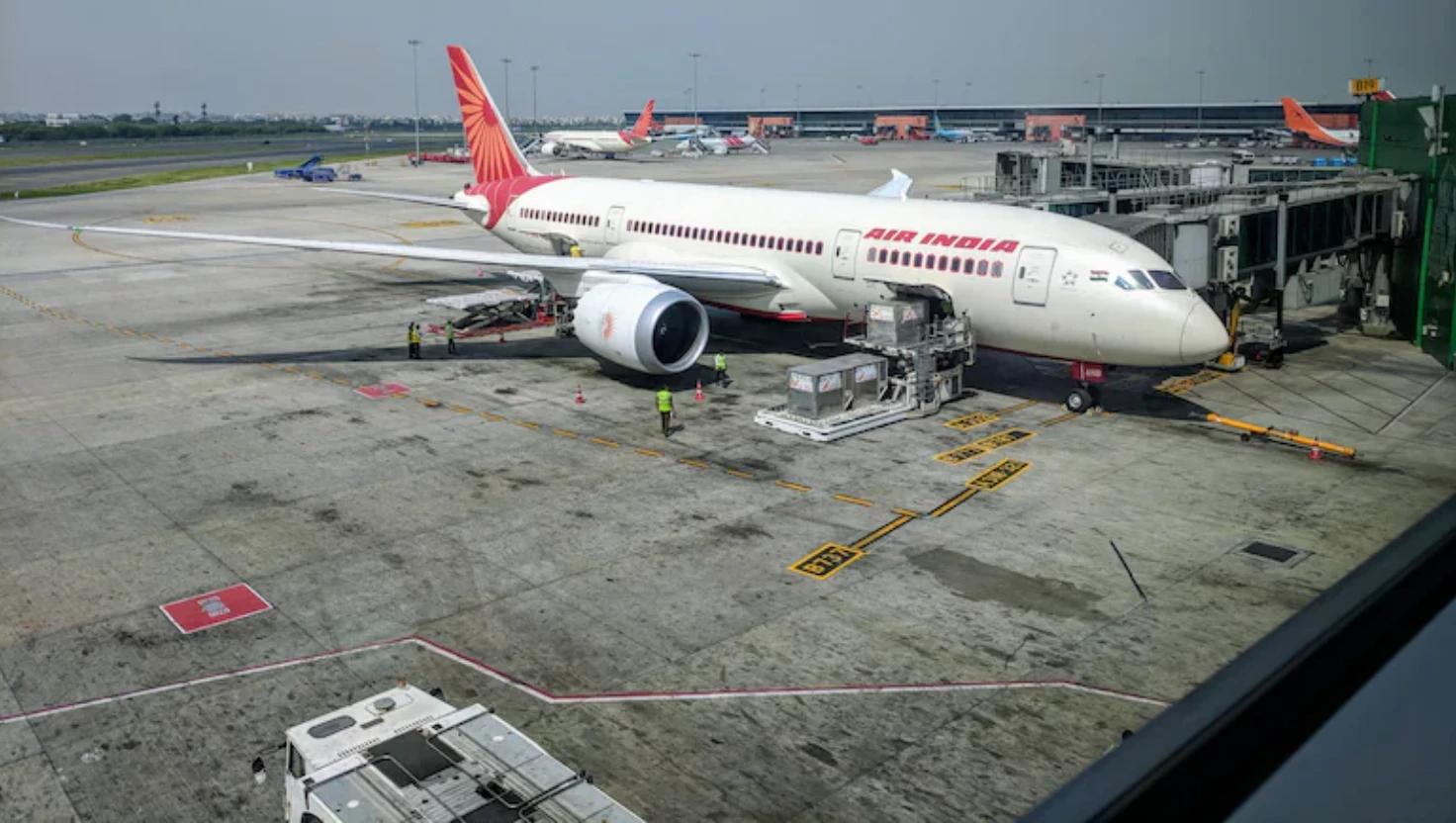Israel-Iran Conflict Sends Oil Prices Soaring, Posing Economic Risks for India

Representative image.
Escalating Israel-Iran tensions drive up global oil prices, raising inflation and fiscal concerns for India, a major crude importer reliant on West Asian supplies.
A sudden escalation of hostilities between Israel and Iran has rattled global energy markets, with immediate and pronounced effects on India’s economic outlook. As one of the world’s largest crude oil importers, India is particularly vulnerable to volatility in oil prices—an exposure that has grown sharper following Israel’s airstrikes on Iranian military infrastructure.
Brent crude surged more than 12% on Friday to reach $78.50 per barrel, its highest level since January, in response to the latest military developments. According to JP Morgan, should the conflict deepen, prices could soar to $120 per barrel—a worst-case scenario with significant implications for global and domestic markets.
Oil Prices and the Rupee Under Pressure
India imports more than 80% of its crude oil requirements, making it acutely sensitive to fluctuations in international prices. The country’s currency responded immediately to the crisis. The Indian rupee opened at 86.14 against the US dollar on Friday, down sharply from the previous day’s close of 85.60.
The relationship is straightforward: as oil prices climb, Indian refiners require more dollars to settle import bills, pushing up demand for the US currency and weakening the rupee. A weaker rupee, in turn, inflates the cost of all imports, contributing to a rise in the current account deficit.
Inflation Threat Looms Despite Recent Decline
India's headline inflation had recently fallen to 2.82% in May—the lowest rate since February 2019—largely due to stable food prices and a favourable monsoon. However, analysts warn that these gains may be short-lived.
Fuel prices have a far-reaching impact on the broader economy, as they influence the cost of transporting goods and services. Even if retail prices for petrol and diesel are held steady temporarily through government intervention, rising input costs may still trickle into consumer prices, reigniting inflation.
“India may also be affected by these global trends mainly through the impact on the contribution of net exports to real GDP growth,” said DK Srivastava, Chief Policy Advisor at EY India. He warned that an extended conflict could undermine the country’s export competitiveness and GDP growth.
Srivastava further noted that India’s crude oil basket, which had averaged $64.3 per barrel earlier in the 2025–26 fiscal year, is likely to experience an upward correction. He cautioned that a $10 per barrel rise in oil prices could shave 0.3 percentage points off real GDP growth and raise retail inflation by 0.4 percentage points.
Interest Rates and Bond Markets React
The Reserve Bank of India (RBI) has reduced interest rates by a full percentage point since January to stimulate growth. However, mounting inflationary pressures linked to energy prices may prompt the central bank to reconsider its stance.
Bond yields have already begun to rise in anticipation of a pause or reversal in rate cuts. For consumers and businesses, this could translate into higher loan repayments and reduced access to credit.
Excise Duties and Fiscal Space
The Indian government may face increasing pressure to cut excise duties on fuel to cushion the blow for consumers. Currently, central excise on petrol and diesel contributes significantly to government revenue, estimated at Rs 18–20 per litre.
While cutting these duties would provide temporary relief, it would also reduce tax income at a time when the country’s import bill is expected to swell. This could potentially widen the fiscal deficit, limiting the government’s ability to fund welfare or infrastructure projects.
Any disruption in these sectors could affect rural households and agricultural productivity. Fertilisers are essential to India’s farming economy, and higher input costs could be passed on to consumers through elevated food prices, undermining recent gains in food inflation control.
Several industries, including aviation, chemicals, tyres, paints, cement, and logistics, rely heavily on petroleum-based raw materials. Anuj Sethi, Senior Director at Crisil Ratings, noted that profit margins in these sectors may come under strain. “The repercussions of this price hike are likely to vary across sectors that are directly or indirectly dependent on crude oil,” he said.
Market Volatility and Imported Inflation
The Sensex dropped over 1,300 points following news of the Israeli airstrikes, reflecting investor anxiety over regional instability. At the same time, gold prices in India crossed the Rs 1 lakh per 10 gram threshold on the MCX for the first time, as investors sought safe-haven assets.
India, the world’s largest consumer of gold, may now face a further surge in imported inflation. This development comes amid existing global trade uncertainties and a review of US tariff policies—factors already clouding the international economic environment.
Context Section: Geopolitical Tensions and Energy Security
The Strait of Hormuz, through which about a fifth of global oil supply passes, has once again emerged as a geopolitical chokepoint. Any escalation in conflict that affects this route could cause sustained disruptions in energy markets, not just for India but for global importers.
India’s dependence on imported energy makes it particularly susceptible to external shocks. Diversification of energy sources, both geographically and through renewables, remains a long-term priority, but short-term solutions are limited.
While the RBI had indicated that the current disinflationary process could be prolonged, the evolving conflict may now delay any further rate cuts, altering the monetary policy trajectory for the rest of the year.
As tensions between Israel and Iran continue to unfold, the impact on oil prices, inflation, trade, and consumer spending could reshape the contours of India’s economic recovery in the months ahead.
Brent crude surged more than 12% on Friday to reach $78.50 per barrel, its highest level since January, in response to the latest military developments. According to JP Morgan, should the conflict deepen, prices could soar to $120 per barrel—a worst-case scenario with significant implications for global and domestic markets.
Oil Prices and the Rupee Under Pressure
India imports more than 80% of its crude oil requirements, making it acutely sensitive to fluctuations in international prices. The country’s currency responded immediately to the crisis. The Indian rupee opened at 86.14 against the US dollar on Friday, down sharply from the previous day’s close of 85.60.
The relationship is straightforward: as oil prices climb, Indian refiners require more dollars to settle import bills, pushing up demand for the US currency and weakening the rupee. A weaker rupee, in turn, inflates the cost of all imports, contributing to a rise in the current account deficit.
Inflation Threat Looms Despite Recent Decline
India's headline inflation had recently fallen to 2.82% in May—the lowest rate since February 2019—largely due to stable food prices and a favourable monsoon. However, analysts warn that these gains may be short-lived.
Fuel prices have a far-reaching impact on the broader economy, as they influence the cost of transporting goods and services. Even if retail prices for petrol and diesel are held steady temporarily through government intervention, rising input costs may still trickle into consumer prices, reigniting inflation.
“India may also be affected by these global trends mainly through the impact on the contribution of net exports to real GDP growth,” said DK Srivastava, Chief Policy Advisor at EY India. He warned that an extended conflict could undermine the country’s export competitiveness and GDP growth.
Srivastava further noted that India’s crude oil basket, which had averaged $64.3 per barrel earlier in the 2025–26 fiscal year, is likely to experience an upward correction. He cautioned that a $10 per barrel rise in oil prices could shave 0.3 percentage points off real GDP growth and raise retail inflation by 0.4 percentage points.
Interest Rates and Bond Markets React
The Reserve Bank of India (RBI) has reduced interest rates by a full percentage point since January to stimulate growth. However, mounting inflationary pressures linked to energy prices may prompt the central bank to reconsider its stance.
Bond yields have already begun to rise in anticipation of a pause or reversal in rate cuts. For consumers and businesses, this could translate into higher loan repayments and reduced access to credit.
Excise Duties and Fiscal Space
The Indian government may face increasing pressure to cut excise duties on fuel to cushion the blow for consumers. Currently, central excise on petrol and diesel contributes significantly to government revenue, estimated at Rs 18–20 per litre.
While cutting these duties would provide temporary relief, it would also reduce tax income at a time when the country’s import bill is expected to swell. This could potentially widen the fiscal deficit, limiting the government’s ability to fund welfare or infrastructure projects.
Wider Industry Impact
The consequences of the energy price surge extend beyond petrol and diesel. India’s import basket includes natural gas, LPG, petrochemicals, and fertilisers—all of which are exposed to Middle Eastern supply routes.
The consequences of the energy price surge extend beyond petrol and diesel. India’s import basket includes natural gas, LPG, petrochemicals, and fertilisers—all of which are exposed to Middle Eastern supply routes.
Any disruption in these sectors could affect rural households and agricultural productivity. Fertilisers are essential to India’s farming economy, and higher input costs could be passed on to consumers through elevated food prices, undermining recent gains in food inflation control.
Several industries, including aviation, chemicals, tyres, paints, cement, and logistics, rely heavily on petroleum-based raw materials. Anuj Sethi, Senior Director at Crisil Ratings, noted that profit margins in these sectors may come under strain. “The repercussions of this price hike are likely to vary across sectors that are directly or indirectly dependent on crude oil,” he said.
Market Volatility and Imported Inflation
The Sensex dropped over 1,300 points following news of the Israeli airstrikes, reflecting investor anxiety over regional instability. At the same time, gold prices in India crossed the Rs 1 lakh per 10 gram threshold on the MCX for the first time, as investors sought safe-haven assets.
India, the world’s largest consumer of gold, may now face a further surge in imported inflation. This development comes amid existing global trade uncertainties and a review of US tariff policies—factors already clouding the international economic environment.
Context Section: Geopolitical Tensions and Energy Security
The Strait of Hormuz, through which about a fifth of global oil supply passes, has once again emerged as a geopolitical chokepoint. Any escalation in conflict that affects this route could cause sustained disruptions in energy markets, not just for India but for global importers.
India’s dependence on imported energy makes it particularly susceptible to external shocks. Diversification of energy sources, both geographically and through renewables, remains a long-term priority, but short-term solutions are limited.
While the RBI had indicated that the current disinflationary process could be prolonged, the evolving conflict may now delay any further rate cuts, altering the monetary policy trajectory for the rest of the year.
As tensions between Israel and Iran continue to unfold, the impact on oil prices, inflation, trade, and consumer spending could reshape the contours of India’s economic recovery in the months ahead.

Reliance Retail acquires Kelvinator, The Coolest One
Reliance Retail has purchased the Kelvinator brand from Electrolux for nearly ₹160 crore, aiming to strengthen its position in India's consumer durables market.
| 2025-07-19

Saiyyara has shattered every myth about launching newcomers. No big names, no big PR
Madhur Bhandarkar praises debut film 'Saiyaara' for its raw talent and storytelling, marking a shift in Bollywood's approach to newcomers.
| 2025-07-19

India slams reports blaming pilots for Air India crash
India's AAIB disputes US media assertions regarding Air India AI 171 crash, highlighting ongoing investigation and sensitivity towards victims' families.
| 2025-07-18

India Secures Four-Wicket Win in ODI Series Opener Against England
India achieves a four-wicket victory over England in the ODI series opener, led by Deepti Sharma's unbeaten 62 runs.
| 2025-07-17

Air India inspection claims no problems found with Boeing 787 fuel control switches
Air India has conducted thorough inspections of its Boeing 787 fuel control switches, reporting no problems following a DGCA directive.
| 2025-07-17




